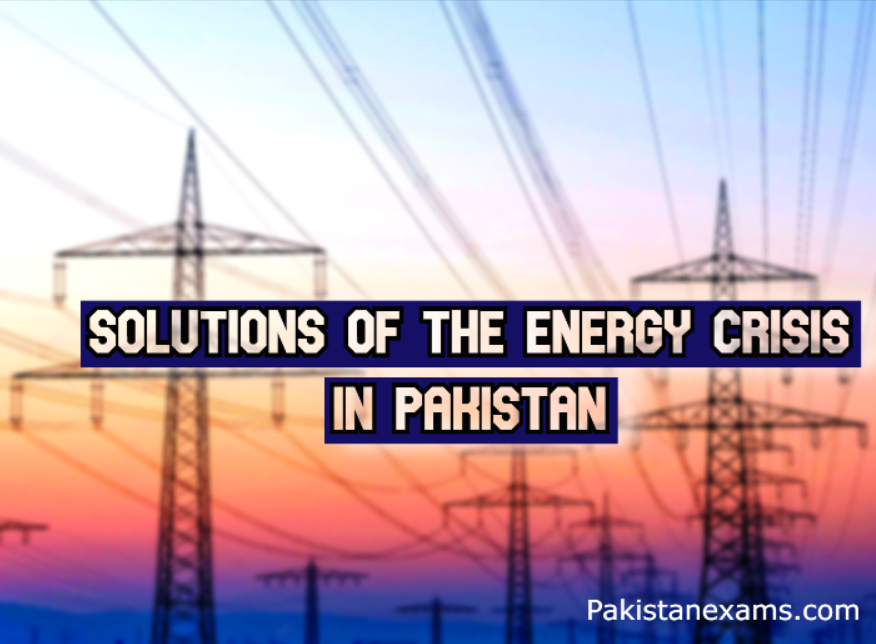Introduction
Pakistan has struggled with a long-term energy crisis, significantly impacting economic growth and the daily lives of its citizens. To address this multifaceted challenge, a comprehensive strategy is essential. This approach should encompass good governance, infrastructure improvements, alternative energy sources, AI utilization, and effective management of the circular debt.
Solutions to the Energy Crisis in Pakistan
Good Governance
Good governance is crucial in solving Pakistan’s energy crisis because it ensures transparent policies, robust regulatory oversight, and accountability mechanisms which are critical for a well-functioning energy sector. Furthermore, effective governance can mitigate corruption, reduce mismanagement, and foster investor confidence. Unfortunately, Pakistan’s energy sector has suffered from governance issues, leading to inefficiencies and financial losses, as highlighted by the World Bank.
Improving Transmission and Distribution
Upgrading Pakistan’s aging transmission and distribution infrastructure is paramount. By modernizing technology and prioritizing maintenance, we can reduce energy losses and ensure a reliable power supply. The Asian Development Bank emphasizes the urgency, as Pakistan’s transmission and distribution losses remain among the highest in the region. Infrastructure upgrades are vital for long-term sustainability.
Alternative Energy Sources
Diversifying the energy mix through renewable sources such as solar, wind, and hydroelectric power can reduce reliance on fossil fuels and mitigate environmental impact. Pakistan has significant untapped potential for renewable energy generation. As of 2020, renewable energy accounted for only 4% of Pakistan’s total power generation, highlighting the room for expansion in this sector (International Renewable Energy Agency).
Using AI for Better Utilization of Electricity
Artificial intelligence can optimize energy generation, distribution, and consumption through predictive analytics, demand forecasting, and smart grid management. AI-driven solutions have the potential to enhance efficiency and reduce wastage. Globally, AI applications in the energy sector have demonstrated the capacity to improve operational performance, leading to cost savings and enhanced resource utilization (International Energy Agency).
Controlling the Circular Debt
Circular debt, stemming from inefficiencies in the energy sector’s revenue cycle, has been a persistent challenge in Pakistan. Addressing this issue requires reforms in tariff structures, revenue collection, and subsidy management. The State Bank of Pakistan reported that the circular debt in the energy sector reached approximately 2.67 trillion rupees in 2023, underscoring the urgency of implementing effective debt control measures.
Conclusion
In short, addressing Pakistan’s energy crisis demands a comprehensive strategy that integrates good governance, infrastructure upgrades, renewable energy expansion, AI integration, and circular debt management. By implementing these measures, Pakistan can work towards a more sustainable and resilient energy system, fostering economic growth and improving the quality of life for its citizens.
TEST YOUR KNOWLEDGE:
Hi! I hope you got something from the above topic. Now attempt the given question to test your knowledge.
- How the energy crises in Pakistan can be solved?
- Suggest some practical solutions for the energy crises in Pakistan.

